Conveyor Belt from Ship
100000 INR/Roll
Product Details:
- Size NA
- Weight NA Kilograms (kg)
- Features NA
- Color BLACK
- Length NA Meter (m)
- Product Type NA
- Usage NA
- Click to View more
X
Conveyor Belt from Ship Price And Quantity
- 100000 INR/Roll
- 1 Roll
Conveyor Belt from Ship Product Specifications
- NA
- Carries-System
- Troughed Belt
- NA Meter (m)
- BLACK
- Gravity
- NA
- NA Kilograms (kg)
- INDUSTRIAL USAGES
- Belt
- NA Km/hr
- NA Horsepower (HP)
- NA Meter (m)
- Oil Resistant
- NA
- NO WARRANTY
- Belt Conveyor
- NA
- NA
- RUBBER BELT
- 1000 Kilograms (kg)
- NA Statampere (sA)
- NA Micrometers (um)
- NA Meter (m)
- Reciprocating Vertical Conveyor
- Rubber
- NA
Conveyor Belt from Ship Trade Information
- ALL INDIA PORT
- Cash in Advance (CID), Telegraphic Transfer (T/T)
- Yes
- Free samples available with shipping and taxes paid by the buyer
- Plastic Strap Rubber Strap
- Asia, Australia, Central America, North America, South America, Eastern Europe, Western Europe, Middle East, Africa
- All India
Product Description
Rubber conveyor belts are used to transport materials over a distance offering an efficient and economical solution They are composed of a carcass typically textile or steel cord and rubber covers for protection and specific properties Key features include tensile strength elongation resistance impact absorption and resistance to various environmental factors
Heres a more detailed breakdown
1 Structure and Components
Carcass
Provides the belts mechanical strength Common types include textile eg nylon polyester and steel cord
Rubber Covers
Protect the carcass and are designed to withstand specific conditions like abrasion heat oil or chemicals
Ply
Layers of fabric within the carcass that contribute to strength and flexibility
2 Key Features and Properties
Tensile Strength Ability to withstand pulling forces
Elongation How much the belt stretches under tension
Impact Resistance Ability to absorb shocks from material being loaded
Troughability Ability to form a trough shape to carry materials securely
Abrasion Resistance Ability to withstand wear from moving materials
Adhesion Strength of the bond between the carcass layers and between the carcass and covers
Temperature Resistance Ability to function within specific temperature ranges
Antistatic and Ozone Protection Important for safety and belt longevity
3 Types of Rubber Conveyor Belts
EP PolyesterPolyamide Known for heavyduty applications low elongation and high reliability
NN NylonNylon High elasticity and flexibility suitable for small pulleys
Steel Cord High strength impact resistance and suitable for long distances
Rough Top Textured surface for increased friction and slip resistance
Multiply Composed of multiple fabric layers eg TEXTER
4 Applications
Bulk Material Handling Mining quarrying and aggregate industries
General Manufacturing Moving components products and materials through production lines
Warehousing and Logistics Automated systems for sorting and order fulfillment
5 Selection Considerations
Material conveyed Consider the size shape abrasiveness and temperature of the materials
Distance and speed Determine the required belt length and speed
Environment Assess factors like temperature humidity and potential exposure to chemicals or oils
Safety Ensure belts are properly grounded and meet safety standards for specific applications
Tell us about your requirement

Price:
Quantity
Select Unit
- 50
- 100
- 200
- 250
- 500
- 1000+
Additional detail
Mobile number
Email

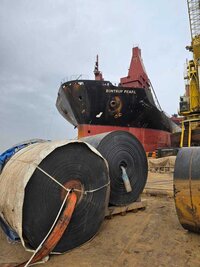
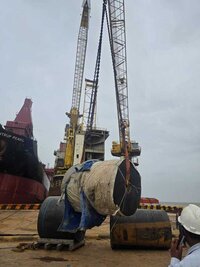
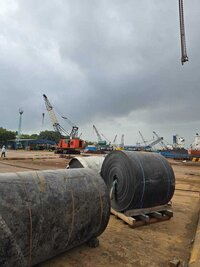
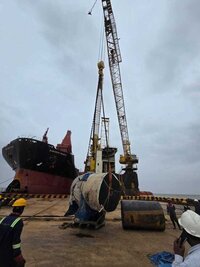
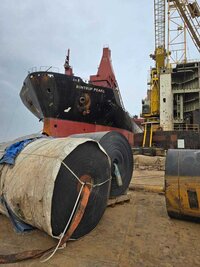






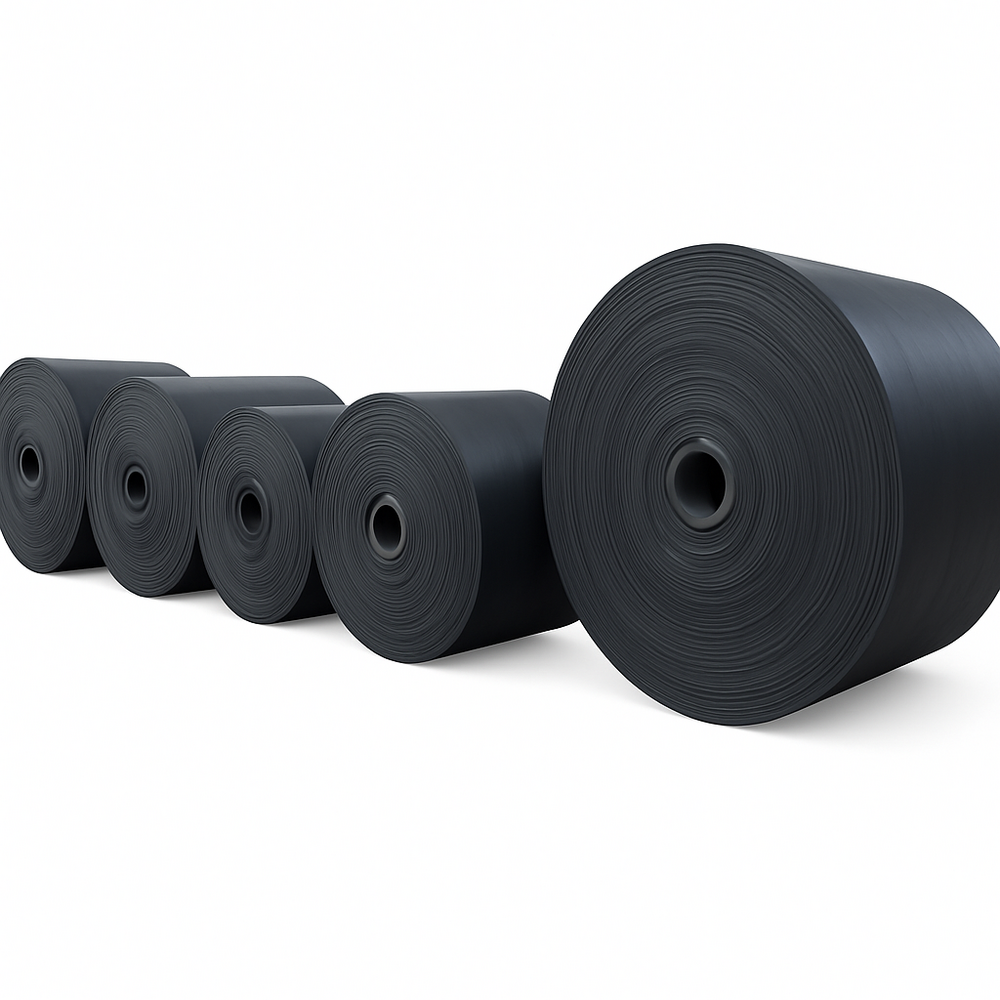


 Send Inquiry
Send Inquiry Send SMS
Send SMS